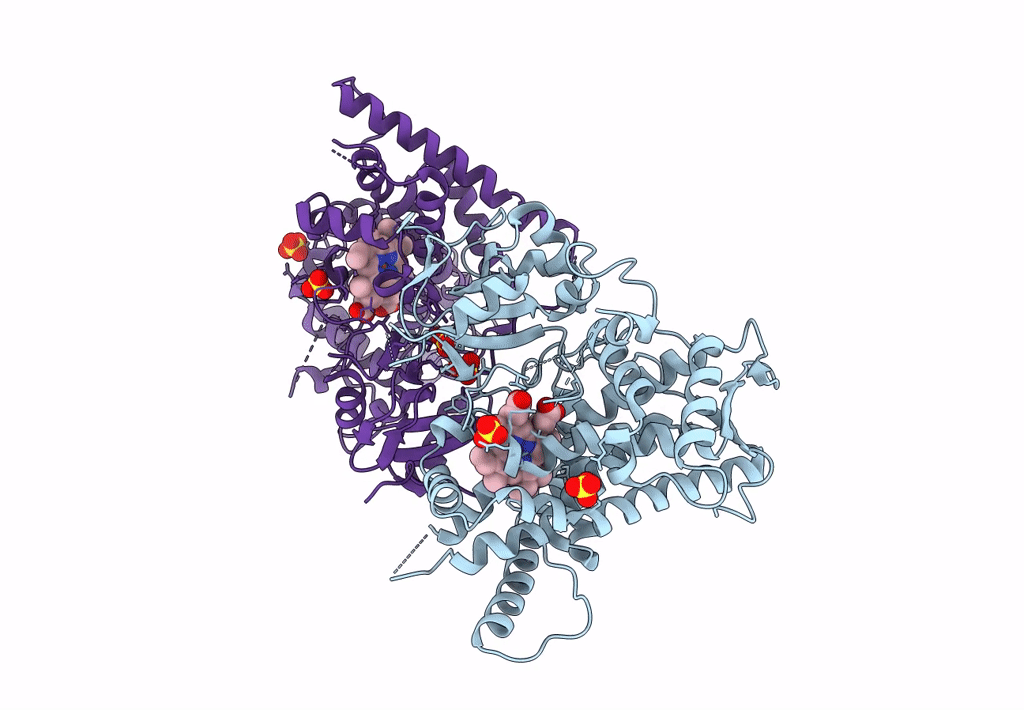
Deposition Date
2022-08-25
Release Date
2022-11-30
Last Version Date
2024-04-03
Entry Detail
PDB ID:
8E83
Keywords:
Title:
Structure of 2-hydroxyisoflavanone synthase from Medicago truncatula
Biological Source:
Source Organism:
Medicago truncatula (Taxon ID: 3880)
Host Organism:
Method Details:
Experimental Method:
Resolution:
2.00 Å
R-Value Free:
0.22
R-Value Work:
0.19
R-Value Observed:
0.19
Space Group:
P 1 21 1


